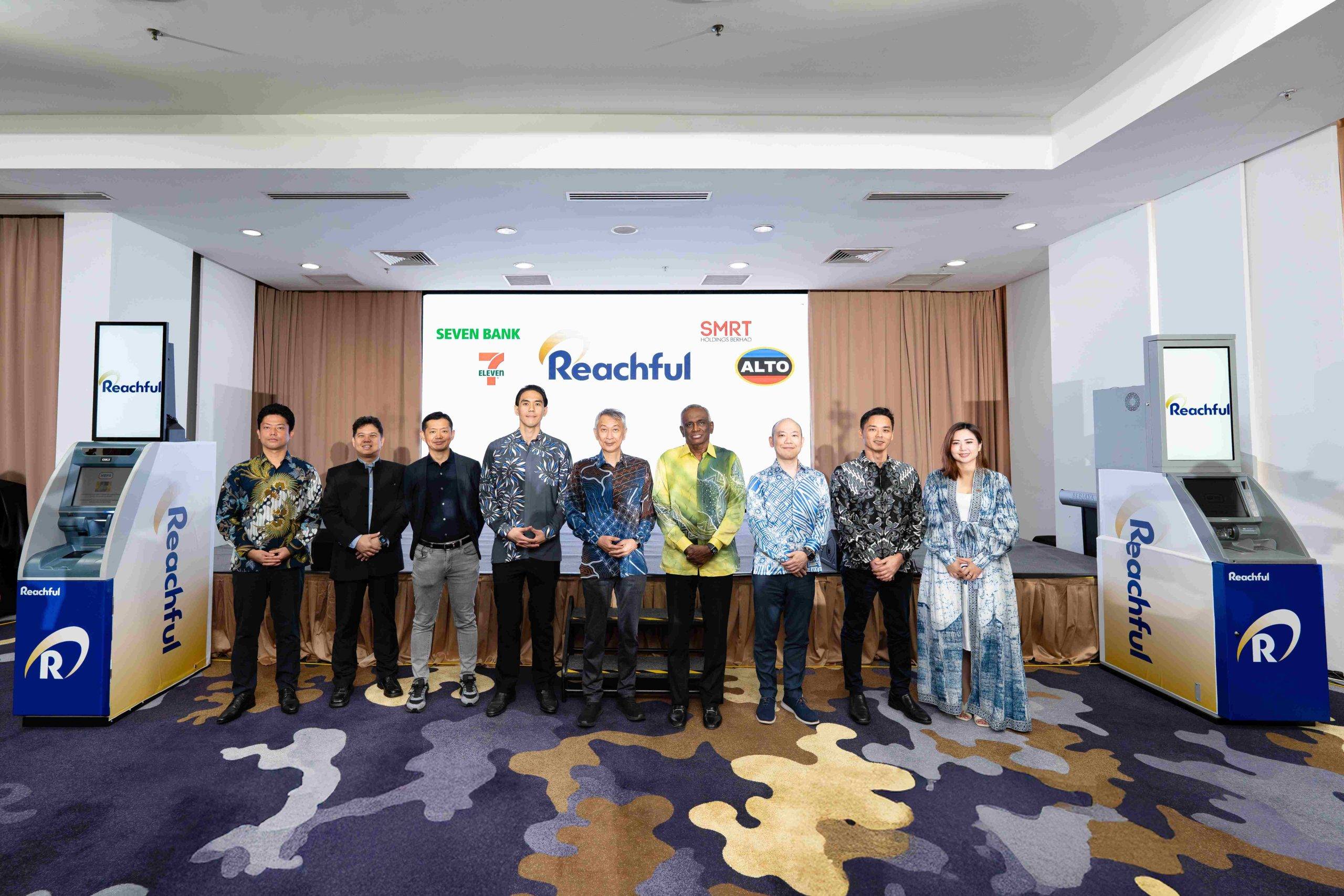In an online space where physics laws do not necessarily apply and avatars can represent ideal versions of ourselves, CEO Weronika Marciniak carves a niche for Future is Meta showing brands how to push the envelope in customer experiences. Leona Lo shares the story.
As AI continues to reshape our lives, work, and recreation, the metaverse is emerging as the next major trendsetter. Unlike the traditional two-dimensional online space, the metaverse is a three-dimensional shared digital environment mirroring reality, offering a secure, immersive, and interactive online experience. This evolution has led to a profound shift in how we interact with the digital world.
Key to the metaverse’s development is the integration of virtual reality (VR) and augmented reality (AR) to create rich and immersive virtual worlds. Weronika Marciniak, CEO and Founder of Future is Meta, a Hong Kong-based studio focusing on bringing brands to the metaverse, discusses the new frontier in customer experience.
“A creative approach to displaying products in 3D and enhancing customer engagement is central to the metaverse,” says Weronika. “The metaverse provides an innovative solution for retail brands to showcase products, especially large-scale items like furniture, cars, or yachts. Physical showroom limitations fade away as the metaverse enables the display of a full spectrum of colors and intricate details, which is challenging to achieve in real-life settings.”
Emphasis on interaction and user engagement

Weronika, Future is Meta
Beyond product display, the metaverse emphasizes interaction and multiple user engagement. Weronika notes, “Comparable to multiplayer games, the metaverse originated from predefined tasks but has evolved into a broader, open space where users can build and share experiences.” Luxury brands like Gucci are catching up and seizing the opportunity to establish a presence in the metaverse to attract new audiences such as Gen Z-ers who are used to socializing in 3D worlds.
Fostering impactful connections and interactions is a key differentiator of the metaverse, according to Weronika. She shares the example of a banking client who initially only wanted to leverage the metaverse to establish a corporate presence in the 3D space. However, they soon saw its potential in hosting interactive events that were not only meaningful, but would also leave lasting impressions of their corporate culture.
Weronika’s team was tasked to organize a job fair in the metaverse, and they successfully combined gamified learning experiences, interactive job walls, live stream sessions, and virtual booths. Participants felt as if they were in a physical, in-person job fair without the hassle of traveling, and they could access the event easily on their mobile phones, tablets or laptops without the need for complicated equipment.
They also enjoyed socializing as their chosen avatars with the full range of human motions such as running, jumping and looking back.
Where ESG and DEI are prioritized
For companies unsure about leveraging the metaverse for branding, Weronika says the 3D space has the added benefit of being inherently friendly to Environmental, Social, and Governance (ESG) and Diversity, Equity, and Inclusion (DEI) values.
A game-changer in the corporate social responsibility landscape, Weronika sees the 3D internet reshaping ESG commitments. She envisions events that captivate audiences without leaving a trace, redefining corporate gatherings while eliminating physical waste, and reducing the environmental impact of traditional business travel.
Weronika states, “Virtual worlds provide a canvas where individuals can express themselves freely, experiment with diverse looks, and contribute to a culture of acceptance.”
Important first steps towards embracing the metaverse
Companies convinced of the benefits of having a brand presence in the metaverse and prepared to take the first step should start by selecting their target audience and defining objectives. This follows the same approach as with any other branding activity.
Weronika says, “Choosing the right metaverse platform depends on the target audience and the nature of the event, or experience you wish to create. Architectural designers and software developers will then collaborate to create a branded experience that aligns with your brand’s vision and values, ensuring a visually appealing and cohesive 3D space.”
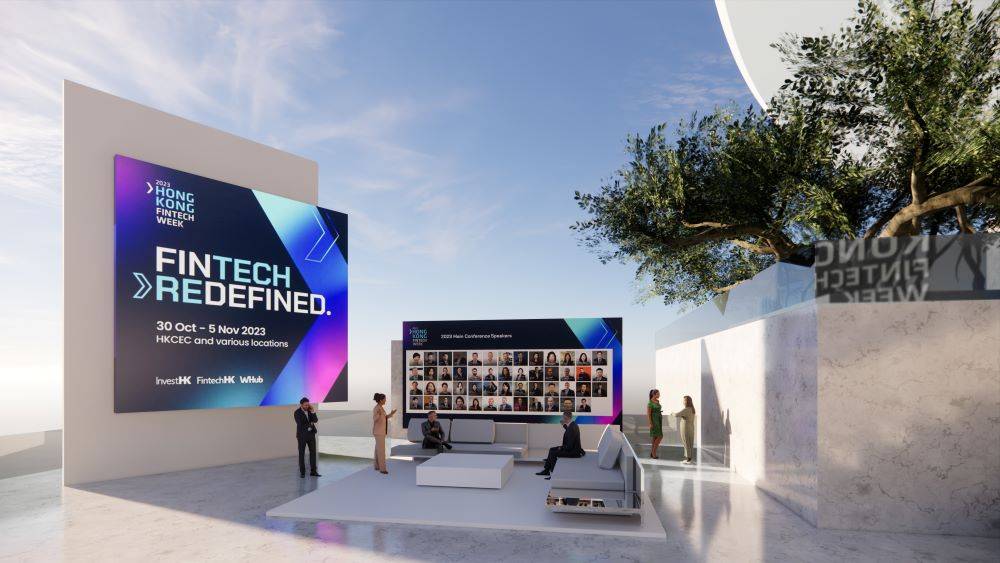
A banking client had initially only wanted to leverage the metaverse to establish a corporate presence in the 3D space. However, they soon saw its potential in hosting interactive events that were not only meaningful, but would also leave lasting impressions of their corporate culture.
Weronika herself is a qualified architect who has consulted on projects in cities all over the world, including Beijing, Dubai and New York. Her team in Hong Kong comprises mainly architects and software developers. She feels the metaverse will gradually gain mainstream acceptance as more established brand names start creating events such as fashion shows and roadshows in the 3D space, and as more companies appreciate the importance of creating these experiences in a socially responsible and environmentally friendly way.
She says, “Teenagers already ‘live’ in these 3D worlds and socialize via immersive platforms, so it’s just a matter of time before the metaverse becomes widely adopted in the work environment. I believe that wide adoption will happen within five years. The more conservative projections see it happening within 10 years. What we can do is just be ready for it and understand this space before we become irrelevant.”

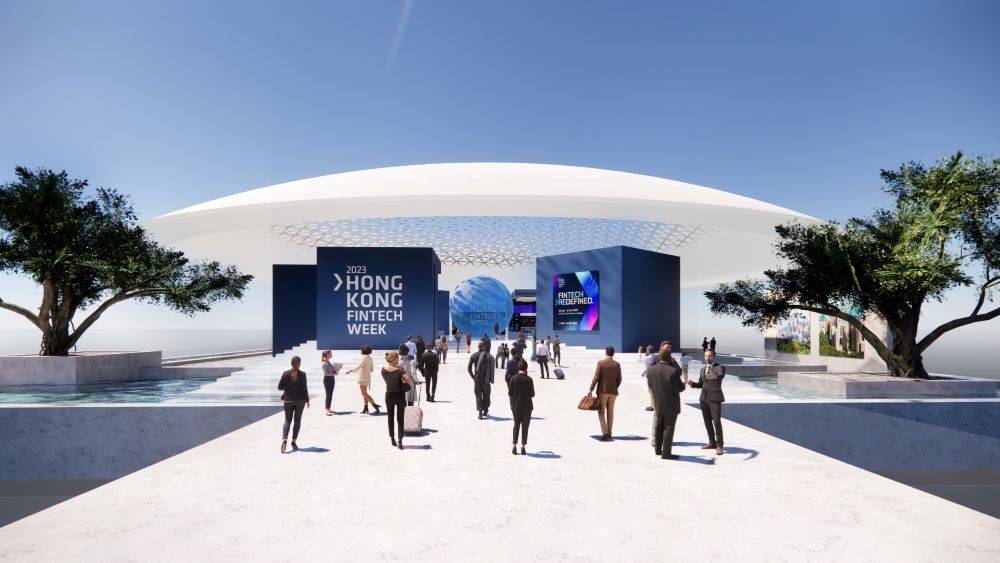
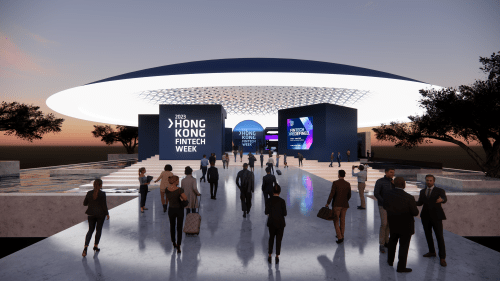
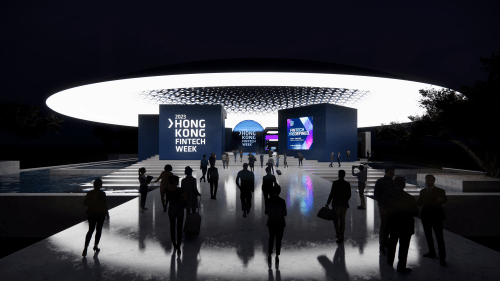

 s more than 15 years of in-house, agency, government and independent experience in corporate communications, digital marketing and customer relationship management in the healthcare, self-storage and technology sectors.
s more than 15 years of in-house, agency, government and independent experience in corporate communications, digital marketing and customer relationship management in the healthcare, self-storage and technology sectors.


